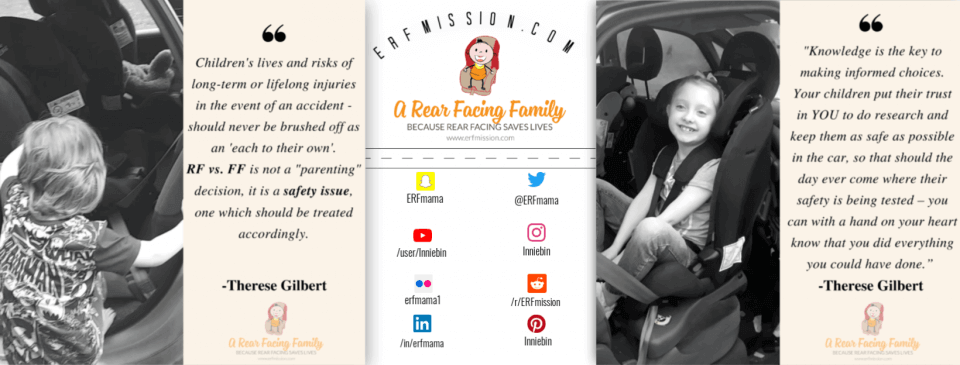Driving during winter can be atrocious. If you don’t look where you go, you are likely to hit a parked vehicle, guard rail, or skid off the road. According to the AAA Traffic Safety Foundation, winter storms are responsible for over 2000 road accidents yearly. It is necessary to adhere to safe driving rules and stay alert during winter storms.
Some of the safety tips for navigating winter roads are:
Check the news on the weather forecast
Before you head out, it is necessary to check the weather forecast; it could make the difference between your driving enjoyment and safety. Checking the news will also enable you to know the road conditions of your route to ensure there isn’t a trucking accident or traffic. If you’re planning for a long journey, knowing your route and its conditions allows you to plan and get enough time to arrive safely.
Drive at a responsible pace
Icy roads can cause your vehicle to skid; adjust your speed to allow for lower traction. While during summer you can drive for longer hours, drive for less in winter. There are few hours of sunlight that can make it strenuous on your eyes and tiring to navigate icy roads for long hours.
Speeding is deadly during winter; drive at a slow pace to allow enough time to react in case of a problem. Maintain a significant distance between you and the car in front of you. Also, avoid overtaking snow plows; know how to drive around them safely.
Pack in advance
Whether you’re driving for a short or long distance, it is necessary to prep for your journey because the risks are higher during winter. Ensure you have extra tires, a recent GPS, Paper map, ice scraper, jumper cables, and extra washer fluid for your windshield.
Also, ensure that your phone is fully charged and carry your charger, have an emergency and winter survival kit in case of an accident. Let your family or friends have access to your GPS.
Know when to brake or accelerate
It is necessary to know your vehicle and its braking system. Snow and icy roads are slippery, making it difficult to have control when turning, braking, and accelerating. Drive slowly on roads covered in snow to leave room for braking. Pay attention to signs of traction loss by applying and removing pressure on the gas and brake pedals smoothly.
Constantly scan the landscape and road ahead to prevent the need for impromptu braking and enable you to plan for the next move. Be firm on the brakes and be gentle with the acceleration pedal to prevent loss of traction.
Stay visible
During winter, there is less visibility on roads; ensure you have your beam lights on. However, use low beams in the snow instead of high beams because they cause a reflection off snowflakes, reducing visibility further. Ensure your lights are clean, both rear and front because they get covered in slush and snow.
Bottom line
Driving during winter requires extra caution. Ensure you prep your car for winter and know how it behaves during these extreme weather conditions. Also, know how to control the brakes and accelerate, stay visible, maintain a reasonable pace, and pack in advance.
Therese has completed the ‘Advanced Child Car Seat Training Course’ at TRL (Transport Research Lab) and is a CPD accredited car seat expert. She blogs about in-car safety, car seats, tips, reviews, giveaways and advice. She’s a mum on a mission to change the law and raise awareness. She is also a breastfeeding advocate and gentle parenting promoter who loves cloth nappies, baby-wearing, BLW and co-sleeping/bed-sharing.
